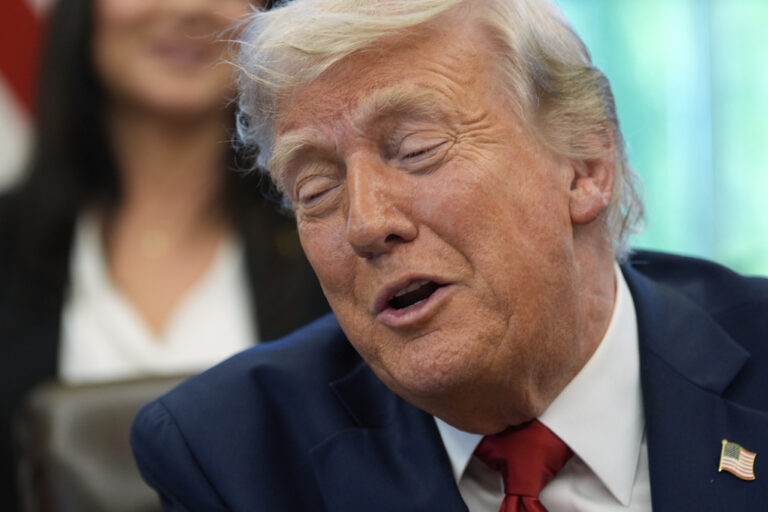Americans cut their spending at retail stores in March for the second straight month, a sign consumers are becoming more cautious after a burst of spending in January.
Retail sales dropped 1% in March from February, a sharper decline than the 0.2% fall in the previous month. Sales jumped 3.1% in January, as unusually warm weather and a big jump in Social Security benefits likely spurred more spending.
Sales fell among most retailers, including at auto dealers, gas stations, electronics stores, and home and garden stores. Gas-station sales plunged 5.5% in March, though the data isn’t adjusted for price changes, and gas prices fell last month.
Excluding car dealers and gas stations, retail sales fell a less-dramatic 0.3%. Spending jumped 1.9% at online retailers and ticked up 0.1% at restaurants and bars.
The decline in sales adds to other recent evidence that the economy is cooling as consumers grapple with higher interest rates and the impact of a year-long bout of elevated inflation. Companies are posting fewer open jobs, hiring has slowed even as it remains solid, and layoffs have ticked up.
The slowdown in spending has fueled fears that the economy could be nearing a recession. Growth likely reached about 2% at an annual rate in the first three months of this year, but falling retail sales suggest that consumers, who power about two-thirds of economic activity, are losing momentum. If consumers remain weak, the economy could even contract in the April-June quarter, economists said.
“The cumulative effect of historically high inflation, rising interest rates, and reduced access to credit is already taking a toll on consumers’ ability and willingness to spend,” said Lydia Boussour, senior economist at EY Parthenon. “The consumer engine lost significant momentum as the (first) quarter progressed, setting the stage for weak consumption growth in the second quarter.
In addition, economists are closely watching to see if banks pull back on lending in the wake of the collapse of two large banks last month. Many smaller banks have lost deposits to larger competitors, which could force them to offer fewer loans to consumers and businesses. That could further weaken growth.
On Wednesday, minutes of the Federal Reserve’s March 21-22 meeting revealed that the central bank’s staff economists are now forecasting a “mild recession” later this year, in large part because the potential for a reduction in lending to weigh on growth.
Still, consumers could rebound in coming months as businesses are adding jobs and wages have been rising at a historically rapid pace. Economists at Bank of America have calculated that smaller tax refunds in March likely held back spending last month.
In an analysis of card spending by its customers, Bank of America found that spending in many areas rebounded in late March, including for airline tickets, entertainment, dining out, and groceries.
(AP)











